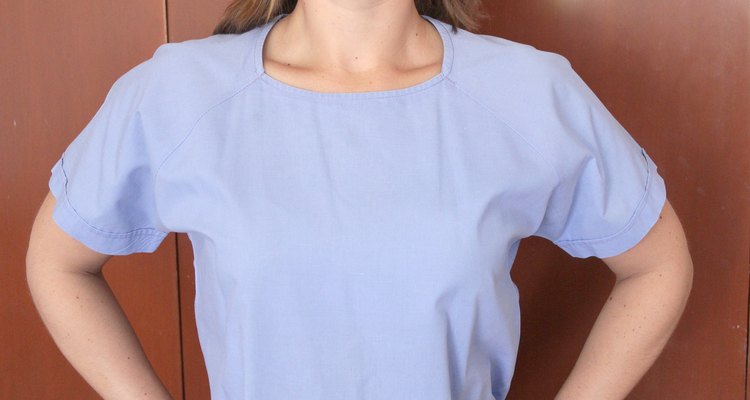
Good, durable, attractive nursing scrubs are an essential work uniform for those in the health care professions. Those who can do simple machine sewing can create scrubs that wear well and look distinctive. Whether you want scrubs that are appealing to child patients, or something in the colors you love, there are a wealth of fabrics available, and patterns are easy to find or make.

Choose fabric on the basis of washability and durability. As any experienced nurse knows, scrubs are the active-wear of the profession. Scrubs take a beating, as you lift, bend, carry, and wipe up spills. They are clothes you count on without having to think about. One hundred percent cotton or cotton/polyester blends (more cotton than polyester) are your best choices.
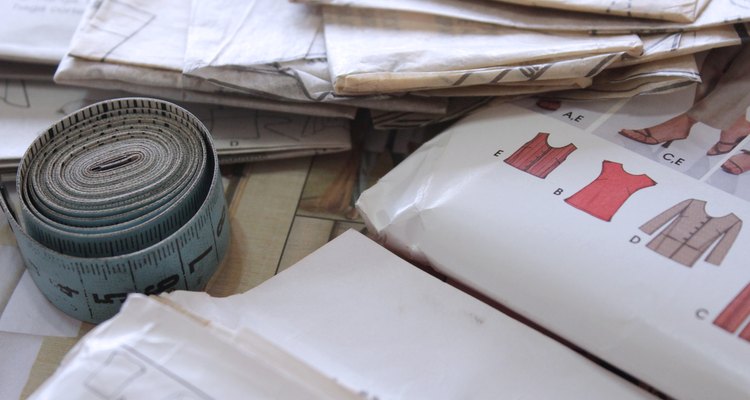
Choose a pattern. If pattern catalogs do not have a scrubs pattern, choose patterns for a simple v-neck tunic and drawstring pants to make your uniform. Give particular attention to choosing a sleeve that is right for you. Some scrub-tops have set-in sleeves, which are cut out of separate pieces of material and stitched to the body of the top, like the sleeve on a shirt. Others have dolman sleeves, which are cut with the body. In both cases, sleeves should be generous in size; your active career strains seams, and closely-fitted sleeves will be the first seams to tear.
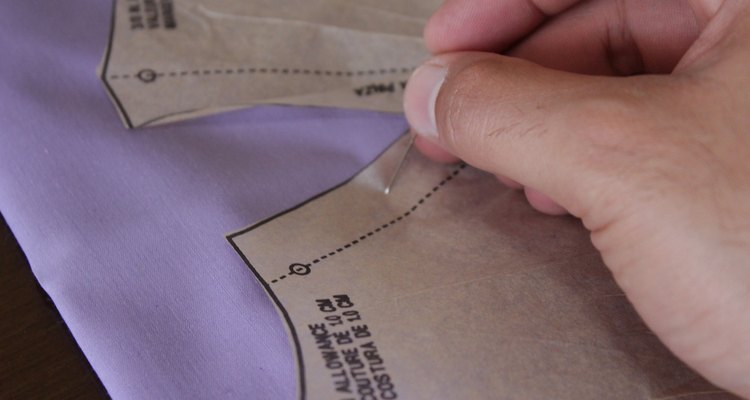
Pin pattern, cut out and assemble with pins or long basting stitches by hand. Try on your top, then your pants, and make any adjustments you need to make to the fit. At least on your first set, bigger is better than smaller. If your scrubs are designed for medical-office work, they can be a little more tightly fitted than those you will wear on a hospital floor.
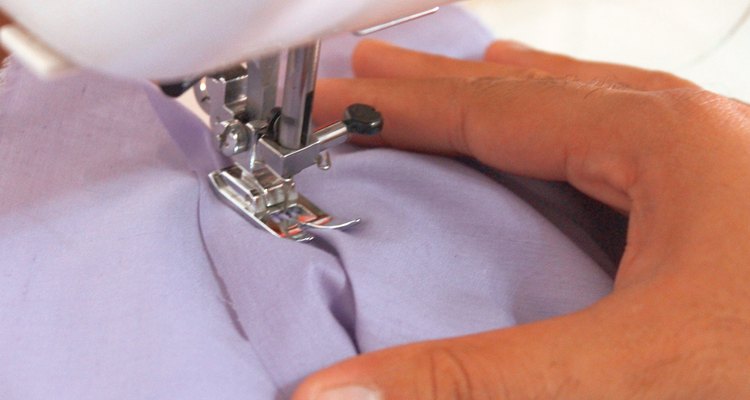
Stitch your scrubs for durability. That means overstitching. Once you have put your scrubs together with single seams, you will be going back and overstitching every seam. The best example of overstitching is the way blue jeans are made. You may not need rivets like the ones on jeans, but that double overstitching explains why they last so long. You can skip overstitching on sleeve hems, bottom tunic hem, and pants hems if you are in a hurry. Everything else, including pockets, gets two rows of overstitching.
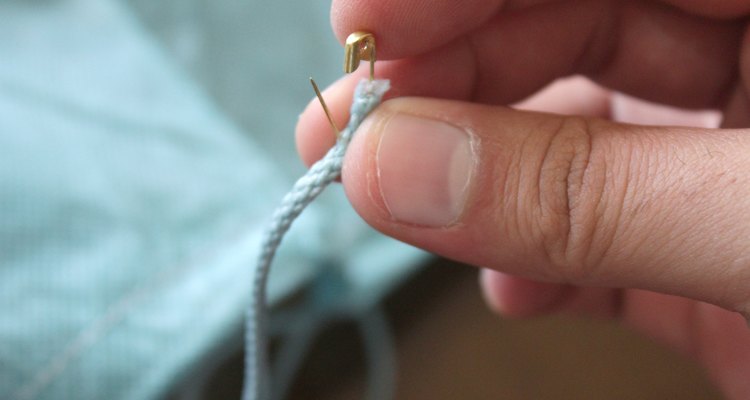
To finish pants, attach a large safety pin to the cord you will use to tie them. Insert the closed safety pin into one edge of the drawstring casing you sewed at the waistband and, by feel, work the safety pin through the casing, exiting through the other edge. (This is the fastest way to restring any other pants that have lost their drawstring in the wash.)
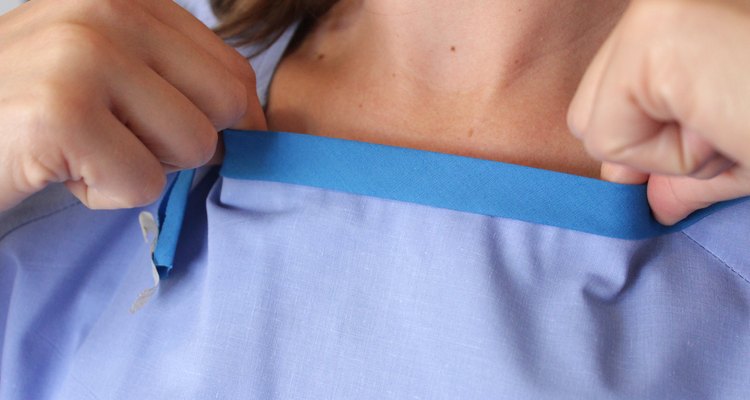
Consider binding your neckline with colored fabric tape. This will help your neckline stay more stable and add a crisp finish to the top of your garment.
Related Articles

How to Dress When You Have No Butt

Which Pants Look Best on a Full-Figured ...

Proper Care & Washing of Nylon Panties

How to Press Jeans

How to Dress for a Woman With No Waist

How to Dress a Big Stomach & Small Legs

How to Cut a Football Jersey for a Girl

How to Shrink Denim Jeans

How to Make a Dress Shirt

How to Dress a Woman With Slim Hips

How to Sandpaper Jeans

How to Put in a Separating Zipper

How to Look Like You Have an Hourglass ...
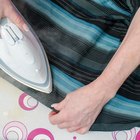
How to Get a Snag Out of Polyester ...

How to Make Foundation Undergarments
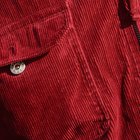
How to Get the Stiffness Out of ...

How to Narrow Wide Pants

How to Wash Medical Scrubs for the ...

How to Peg Jeans

What Is Inseam vs. Waist Size in Jeans?
References
Writer Bio
Janet Beal has written for various websites, covering a variety of topics, including gardening, home, child development and cultural issues. Her work has appeared on early childhood education and consumer education websites. She has a Bachelor of Arts in English from Harvard University and a Master of Science in early childhood education from the College of New Rochelle.
Photo Credits
Adrián González de la Peña/Demand Media